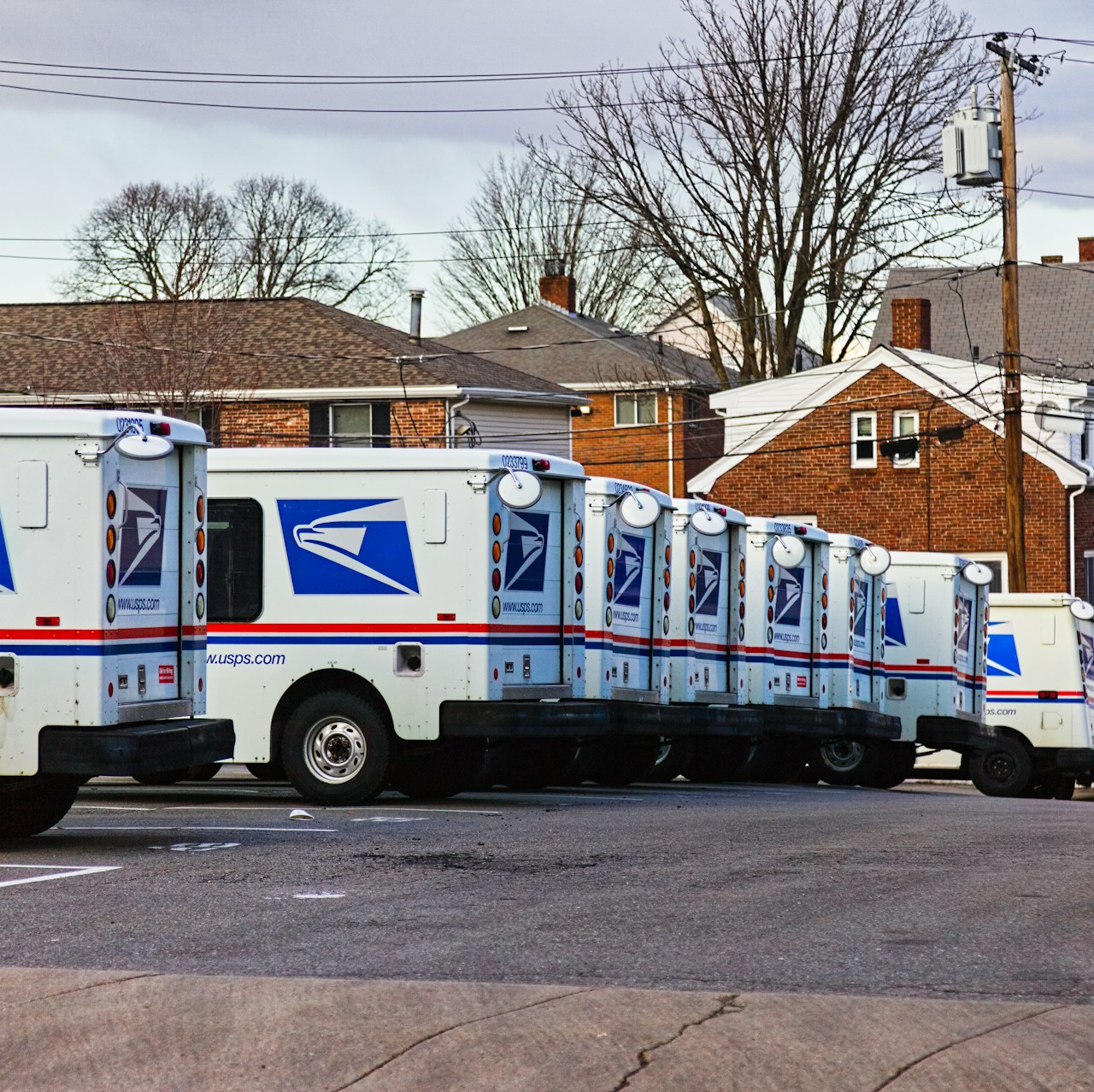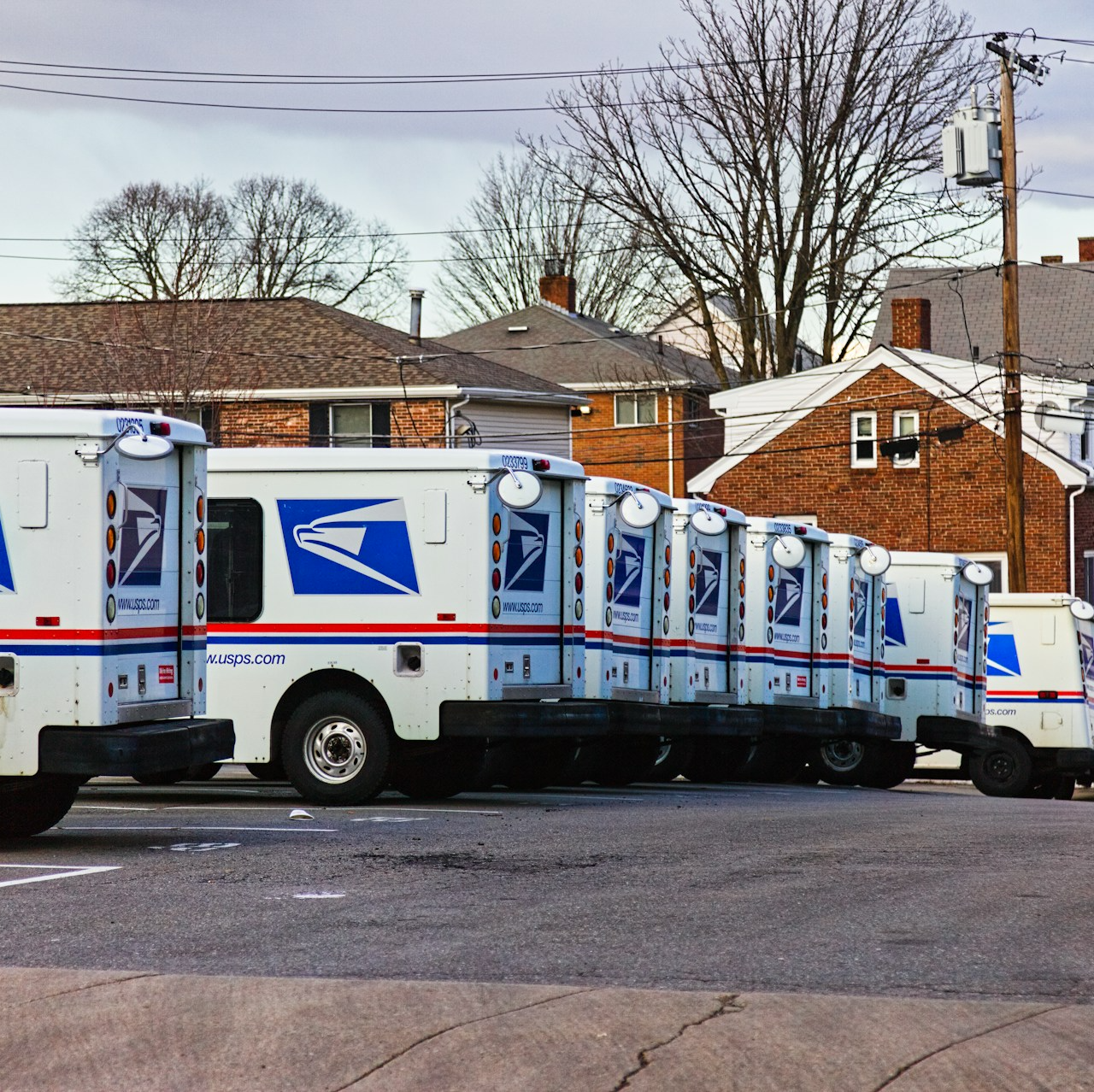Key Takeaways:
- The Postal Service Health Benefits (PSHB) program will bring changes to premiums for USPS employees and retirees in 2025.
- USPS workers should prepare for updated costs, benefits, and possible adjustments in their healthcare coverage under the PSHB program.
PSHB Premiums for 2025: What Postal Workers Can Expect to Pay Next Year
As 2025 approaches, USPS employees and retirees are keeping a close eye on upcoming changes to their health benefits. The Postal Service Health Benefits (PSHB) program, which will officially take over healthcare management from the Federal Employees Health Benefits (FEHB) program for postal workers, is set to reshape how USPS employees and retirees receive their medical coverage. One of the most pressing concerns is how premiums under this new program will affect workers’ paychecks and retirees’ pensions. In this article, we’ll break down what you can expect in terms of costs and the key details to prepare for this transition.
Understanding the PSHB Program and Its Impact on Premiums
The Postal Service Health Benefits (PSHB) program, created under the Postal Service Reform Act of 2022, is designed specifically for active USPS workers and retirees. It replaces the Federal Employees Health Benefits (FEHB) program for postal employees, though other federal employees will remain under FEHB. This change is significant for postal workers because it aims to align benefits more closely with their unique needs while potentially stabilizing healthcare costs.
With this transition to PSHB in 2025, USPS workers and retirees will likely see adjustments in their premiums. While premium rates haven’t been finalized yet, many factors will influence the costs, including healthcare trends, inflation, and the overall health of the employee pool.
Key Factors Affecting PSHB Premiums
There are several critical factors that could impact the premiums under the PSHB program in 2025:
-
Healthcare Inflation: The rising costs of healthcare services and prescription drugs often push premiums higher, and PSHB will be no exception.
-
Employee Health Trends: The overall health of USPS employees and retirees covered by the PSHB program can influence premiums. A healthier pool of workers generally leads to lower premiums, while higher rates of chronic illness can drive costs up.
-
Coverage Options: USPS workers and retirees may have a variety of plan options under the PSHB program, each offering different levels of coverage. Premiums will vary depending on the level of coverage selected, with more comprehensive plans potentially carrying higher monthly costs.
How the Shift from FEHB to PSHB Affects Premiums
Currently, USPS workers and retirees are part of the FEHB program, where premium rates are set annually. However, under PSHB, there may be a recalibration of rates that reflect the postal service workforce’s healthcare usage. Additionally, because this program is tailored specifically to postal workers, it could lead to more predictable premiums in the long term.
USPS employees and retirees may also experience changes in how premiums are shared between the employer (USPS) and employees. As with FEHB, it is expected that USPS will continue to cover a portion of employees’ premiums, but exact contributions could shift slightly under the new system.
What to Expect for Active Postal Workers
Active USPS workers can expect their premiums to fluctuate based on the type of plan they choose within the PSHB program. Premiums will also depend on whether they choose to cover just themselves or add family members to the plan.
Postal workers should anticipate a benefits package that continues to offer a mix of medical, dental, and vision coverage, similar to FEHB. However, employees should also be prepared for potential cost-sharing measures, including higher out-of-pocket expenses for certain services. Although premium hikes are often inevitable, especially in a new program like PSHB, active workers can take proactive steps to mitigate these costs, such as:
-
Participating in wellness programs: These programs often offer financial incentives for maintaining a healthy lifestyle, which can help keep premium increases in check.
-
Choosing high-deductible health plans (HDHP): If offered, an HDHP could be an attractive option for healthy employees who want to lower their monthly premiums in exchange for higher out-of-pocket costs when medical care is needed.
Implications for USPS Retirees
USPS retirees, particularly those aged 65 or older, will see notable changes under the PSHB program. The biggest shift for retirees is that they will be required to enroll in Medicare Part B to maintain their PSHB coverage, if eligible. This mandate, starting in 2025, means that while premiums for PSHB might be lower for retirees, they will also need to budget for Medicare Part B premiums.
Retirees under 65, who are not yet eligible for Medicare, will continue to have coverage through PSHB, though premium rates will likely vary based on the retiree’s health status, location, and plan selection.
Medicare Integration and PSHB
The integration of Medicare Part B with PSHB is a significant change for USPS retirees. Medicare Part B, which covers outpatient services, typically comes with its own premium, which retirees will need to factor into their overall healthcare costs. However, retirees may find that their total healthcare expenses (including Medicare Part B and PSHB premiums) could be more manageable, especially if PSHB premiums are lower for those with Medicare. This integration is designed to reduce redundancy in coverage and ensure that retirees receive efficient, cost-effective care.
Navigating Your Options: Tips for USPS Workers and Retirees
With the upcoming changes in 2025, there are several steps USPS workers and retirees can take to navigate their options and make informed decisions:
-
Review your current health plan: Take the time to assess your current healthcare needs and compare them to the anticipated options under PSHB. This will help you make a more informed choice when selecting your 2025 plan.
-
Stay informed: The transition to PSHB may include several updates from the Office of Personnel Management (OPM) and the USPS. Keeping up with official announcements will ensure that you have the latest information on premiums and plan benefits.
-
Explore Medicare options: For retirees nearing the age of 65, it’s essential to understand the implications of Medicare enrollment under the new PSHB program. Signing up for Medicare Part B is not only mandatory, but it may also help reduce overall premium costs for retirees.
-
Plan for future healthcare costs: Healthcare premiums tend to rise over time, so it’s a good idea to set aside funds to cover potential increases. USPS workers and retirees can use health savings accounts (HSAs) or other savings vehicles to cushion the impact of higher premiums or out-of-pocket costs in the future.
Preparing for the Transition to PSHB
As 2025 approaches, USPS employees and retirees should take steps to prepare for the transition to PSHB. While the exact premium rates are still unknown, understanding the factors that could affect those costs is crucial. By staying informed, reviewing plan options, and preparing financially, postal workers can minimize surprises when the new program takes effect.
One key area to watch is how PSHB will address cost-sharing, including premiums, deductibles, and out-of-pocket limits. Employees and retirees should be proactive in reviewing these aspects once the plans are made public to ensure they’re choosing the best option for their individual needs.
A New Era of Health Benefits for Postal Workers
The PSHB program represents a significant change in how USPS workers and retirees will manage their healthcare coverage. While premiums will likely adjust to reflect this new era of postal-specific benefits, the PSHB program is designed to align closely with the needs of USPS employees and retirees. With careful planning and attention to upcoming announcements, postal workers can smoothly transition to the new program and continue to enjoy comprehensive healthcare coverage.












